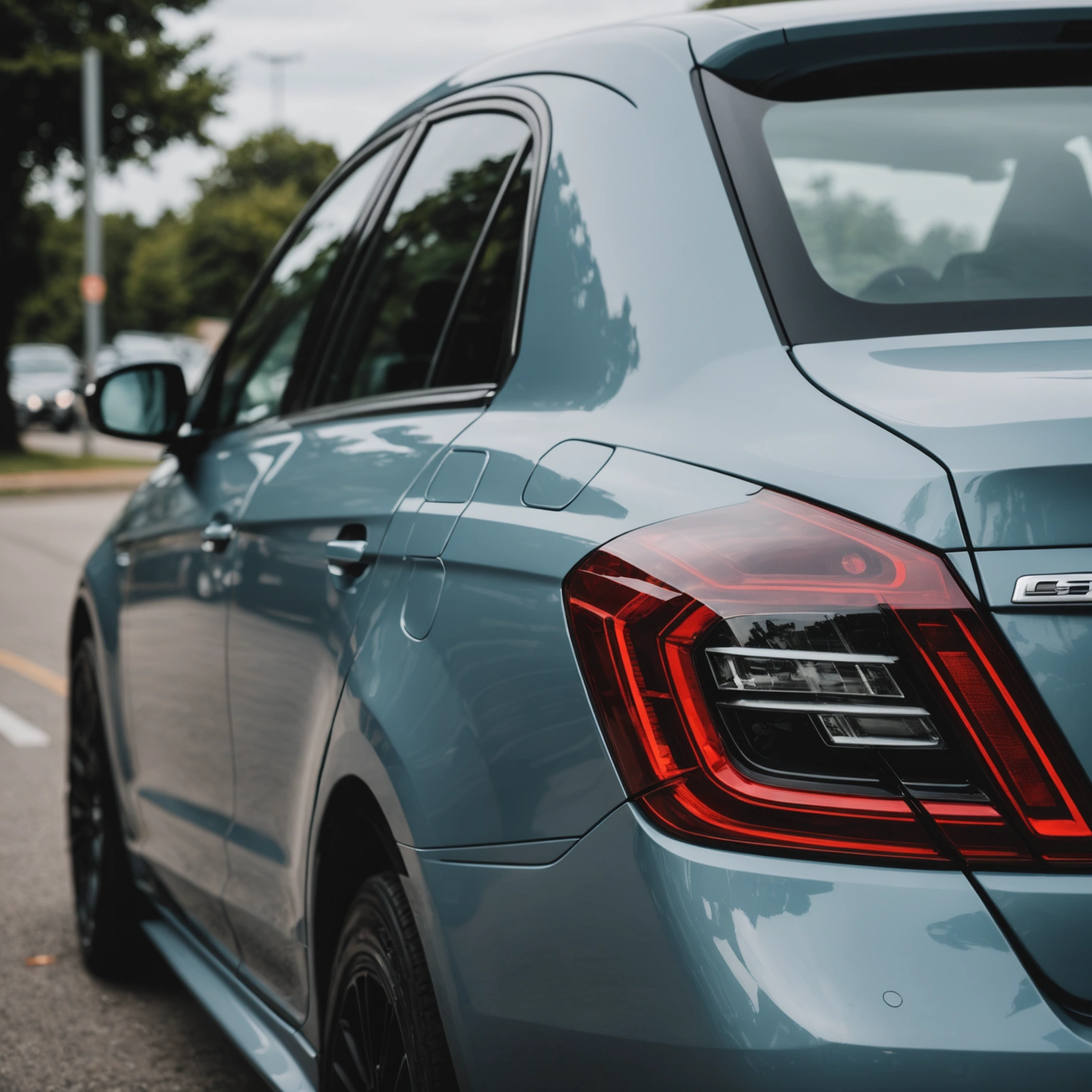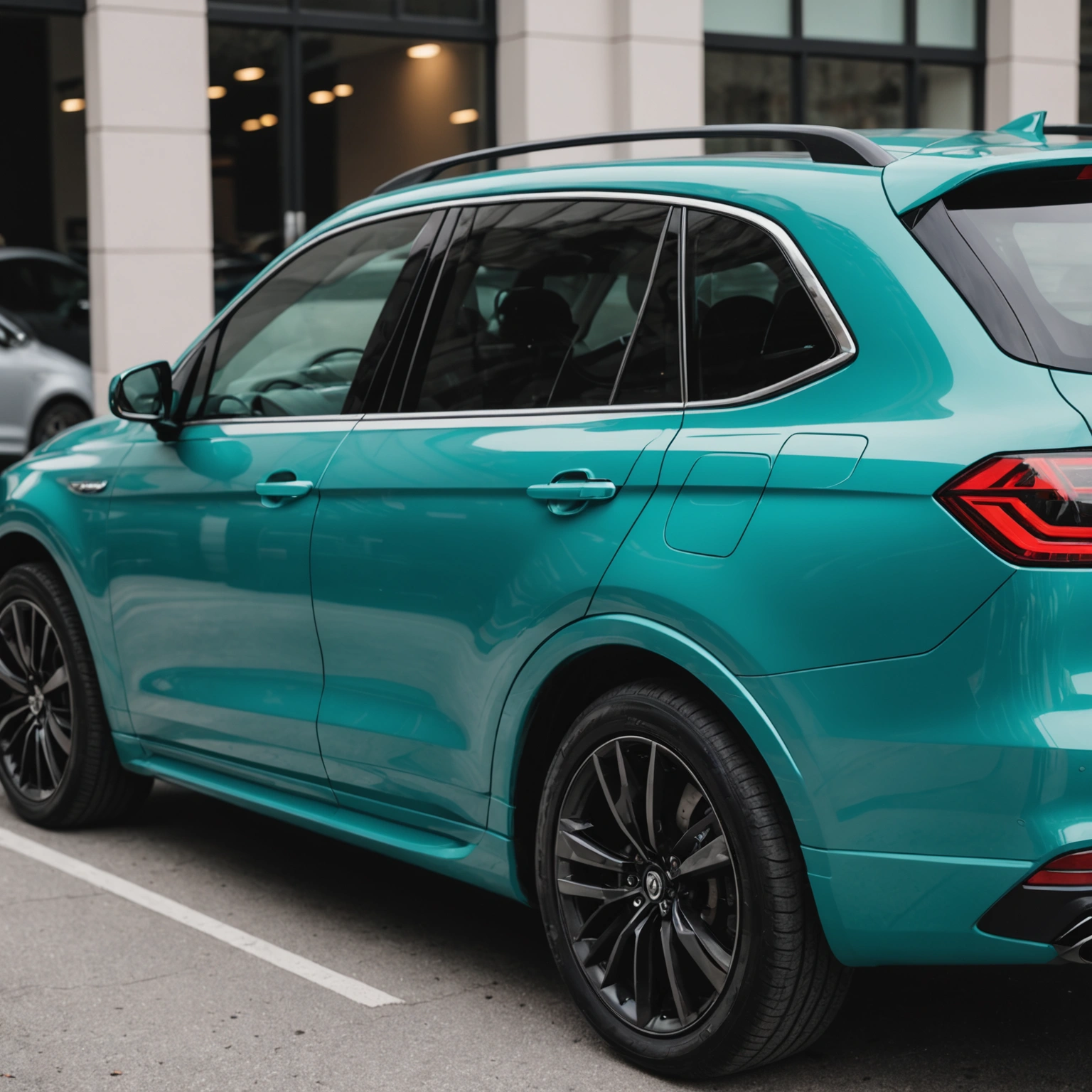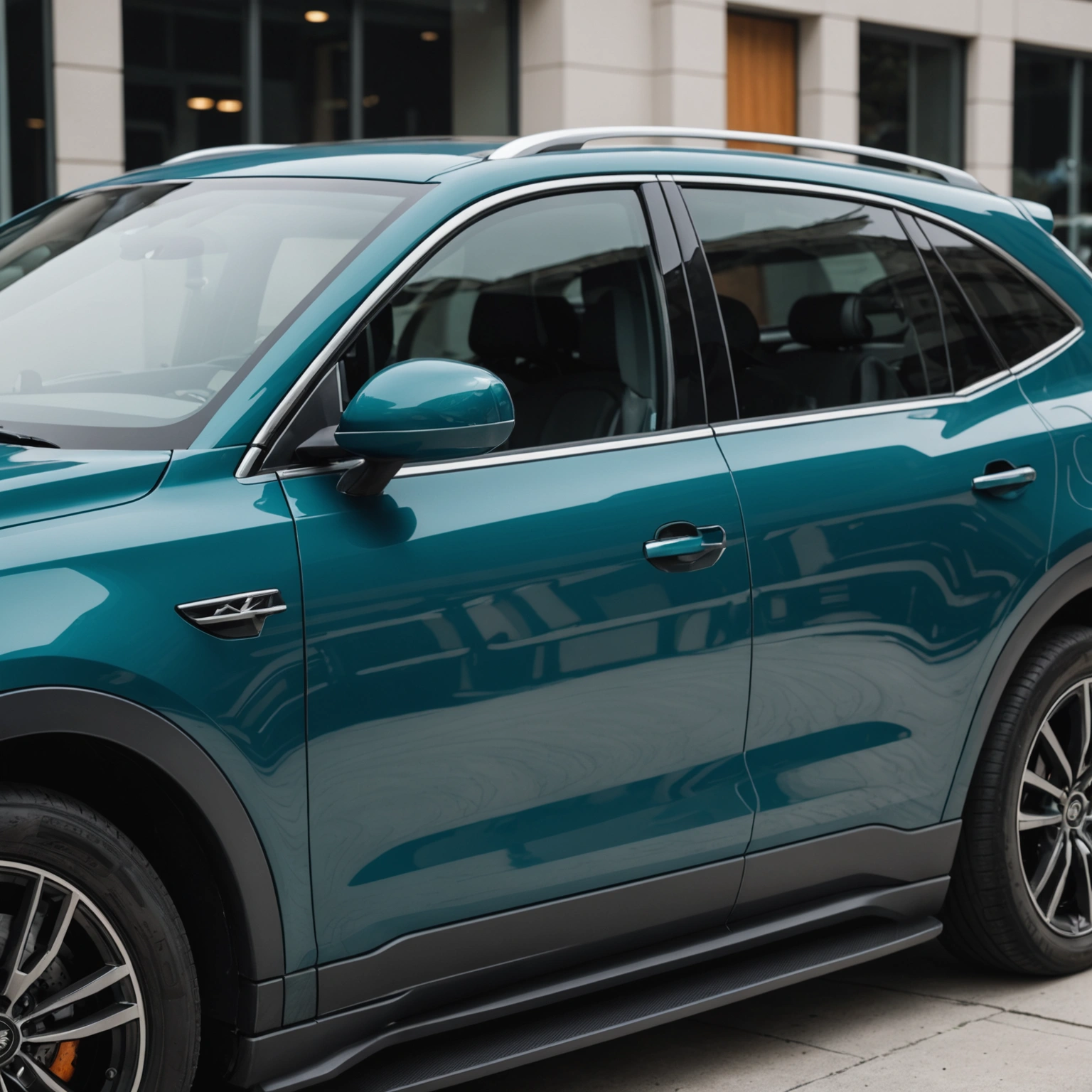Quick links: All Decals • Holographic • Funny
# How to Choose Durable Vinyl Decals for Your Car
Selecting the right vinyl decals ensures longevity, vibrant appearance, and easy removal when needed. Focus on Oracal 651 vinyl, compatibility with your car’s surfaces, proper sizing, and proper installation/removal techniques for the best results.

## Understanding Vinyl Types and Compatibility
### Why Choose Oracal 651?

– **Durability:** 651 is a permanent, outdoor-rated vinyl ideal for car decals.
– **Adhesion:** Bonds well to painted surfaces and glass.

– **Removability:** Can be removed cleanly with heat and patience.
### Surface Compatibility
– **Painted surfaces:** Ensure the paint is in good condition; avoid damaged or peeling paint.
– **Windows:** Oracal 651 adheres well, but avoid textured or heavily curved glass for best adhesion.
## Selecting the Right Size and Design
### Considerations for Sizing
– **Visibility:** Ensure decals are large enough to be seen but not overwhelming.
– **Placement:** Measure your space before ordering; typical locations include windows, bumpers, or doors.
– **Pro tip:** Use painter’s tape to visualize the decal size on your vehicle first.
### Design Tips
– Keep designs simple for longevity.
– Use bold, high-contrast colors for visibility.
– Avoid intricate details that may lift over time.
## Installation Best Practices
### Preparing Your Vehicle
– Wash thoroughly to remove dirt, wax, and oils.
– Dry completely to prevent bubbles.
### Applying the Decal
– Use a squeegee or credit card to smooth out air bubbles.
– Work from the center outward.
– For large decals, apply in sections to avoid wrinkles.
### Pro Tips
– Warm the decal with a heat gun or hairdryer during application for better adhesion.
– Use masking tape to align and hold the decal in place before peeling backing.
## Removal Tips for Clean Results
– Heat the decal with a heat gun to soften adhesive.
– Peel slowly at a 45-degree angle.
– Use adhesive remover or rubbing alcohol for any residue.
## Recommended Decals
– Custom lettering for business or personal branding.
– Vehicle graphics with bold colors.
– Logo decals for windows or doors.
## Conclusion
Choosing a high-quality vinyl like Oracal 651 and following proper installation and removal techniques ensures your car decals stay vibrant and intact. Measure carefully, prepare your surface, and apply with patience for the best results.
**Ready to transform your vehicle? Shop our selection of durable vinyl decals today!**
Shop this look
FAQs
**Q1: What type of vinyl is best for durable car decals?**
A1: Oracal 651 is a popular, durable, outdoor-rated vinyl ideal for car decals, offering excellent adhesion, UV resistance, and longevity on painted surfaces and glass.
**Q2: Can I apply vinyl decals over window tint or on glass?**
A2: Yes, Oracal 651 adheres well to glass and tinted windows, but ensure surfaces are clean and dry for optimal adhesion; avoid applying over non-porous, textured, or damaged areas.
**Q3: How do I remove vinyl decals without damaging paint or tint?**
A3: Use heat (a heat gun or hairdryer) to soften adhesive, then gently peel with a plastic scraper. Apply 70% isopropyl alcohol to residual adhesive; avoid scratching or peeling paint/tint.
{“@context”:”https://schema.org”,”@type”:”FAQPage”,”mainEntity”:[{“@type”:”Question”,”name”:”**Q1: What type of vinyl is best for durable car decals?**”,”acceptedAnswer”:{“@type”:”Answer”,”text”:”A1: Oracal 651 is a popular, durable, outdoor-rated vinyl ideal for car decals, offering excellent adhesion, UV resistance, and longevity on painted surfaces and glass.”}},{“@type”:”Question”,”name”:”**Q2: Can I apply vinyl decals over window tint or on glass?**”,”acceptedAnswer”:{“@type”:”Answer”,”text”:”A2: Yes, Oracal 651 adheres well to glass and tinted windows, but ensure surfaces are clean and dry for optimal adhesion; avoid applying over non-porous, textured, or damaged areas.”}},{“@type”:”Question”,”name”:”**Q3: How do I remove vinyl decals without damaging paint or tint?**”,”acceptedAnswer”:{“@type”:”Answer”,”text”:”A3: Use heat (a heat gun or hairdryer) to soften adhesive, then gently peel with a plastic scraper. Apply 70% isopropyl alcohol to residual adhesive; avoid scratching or peeling paint/tint.”}}]}





